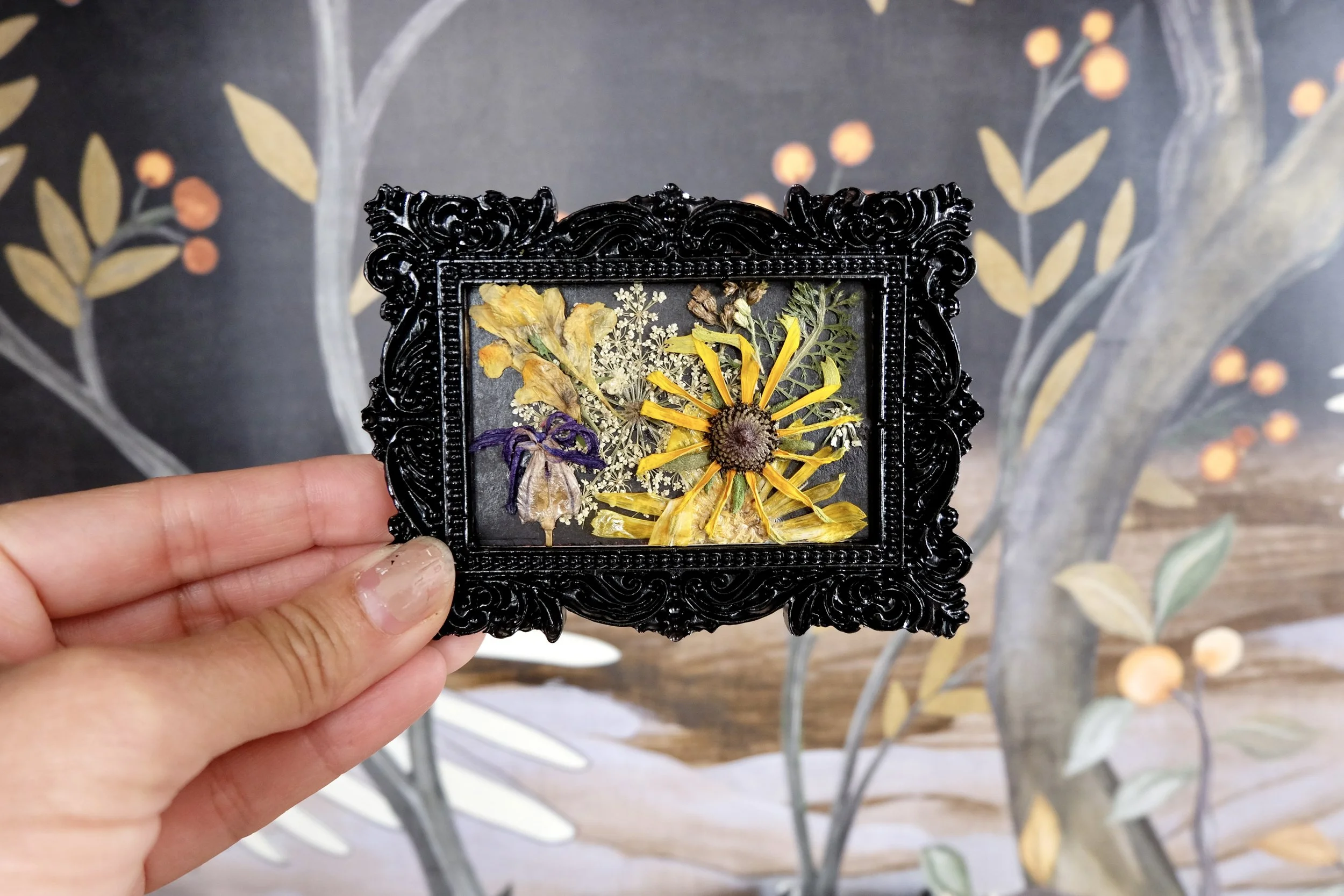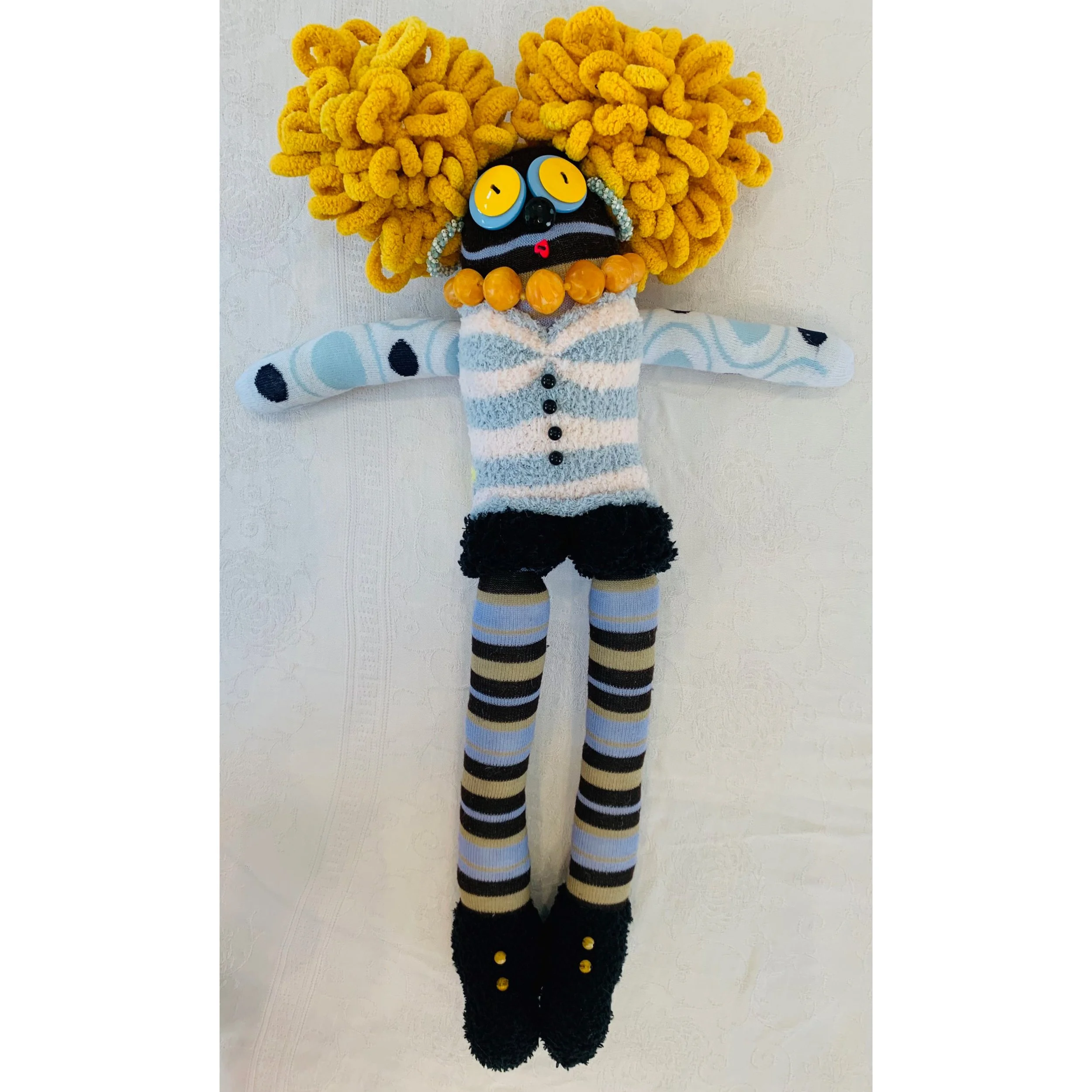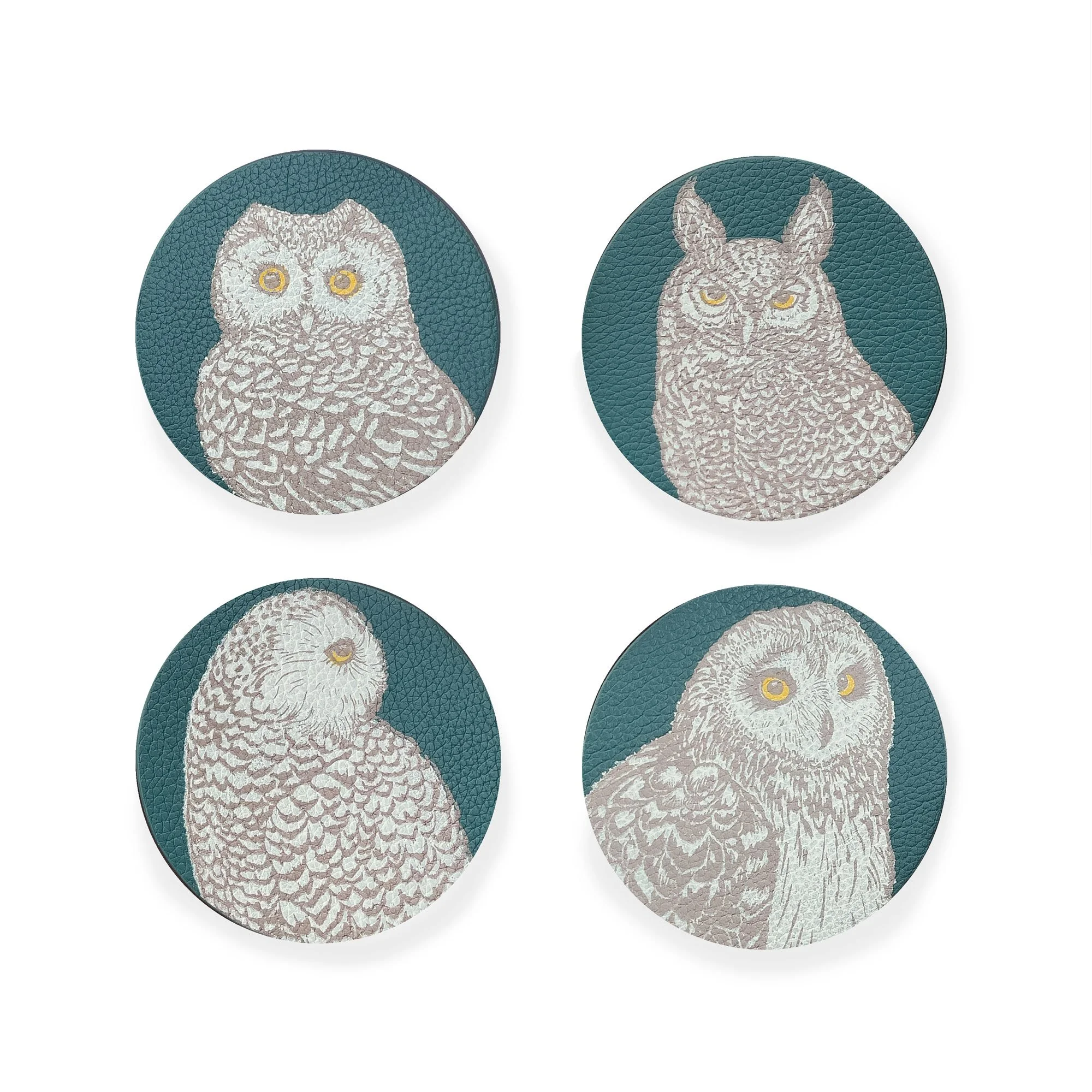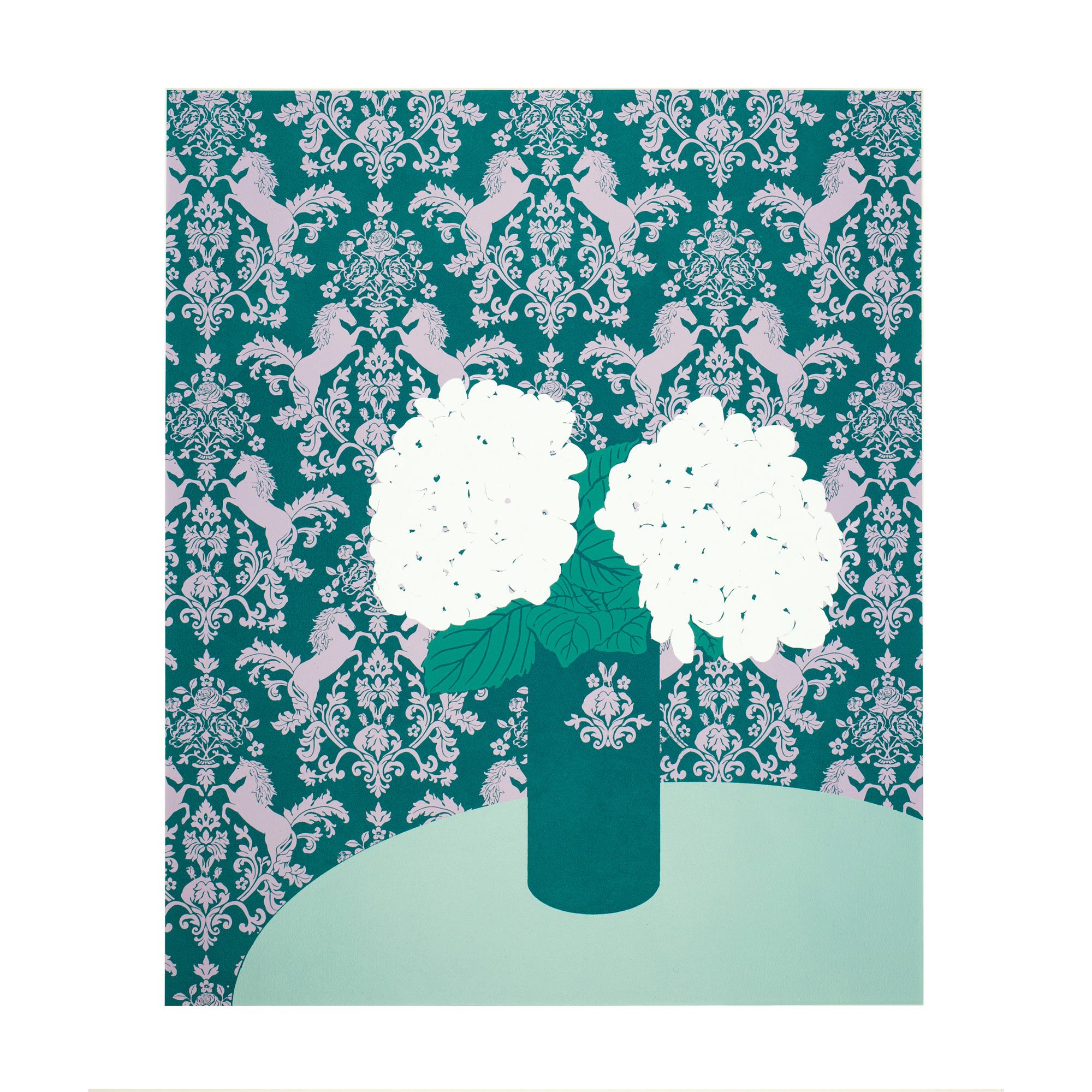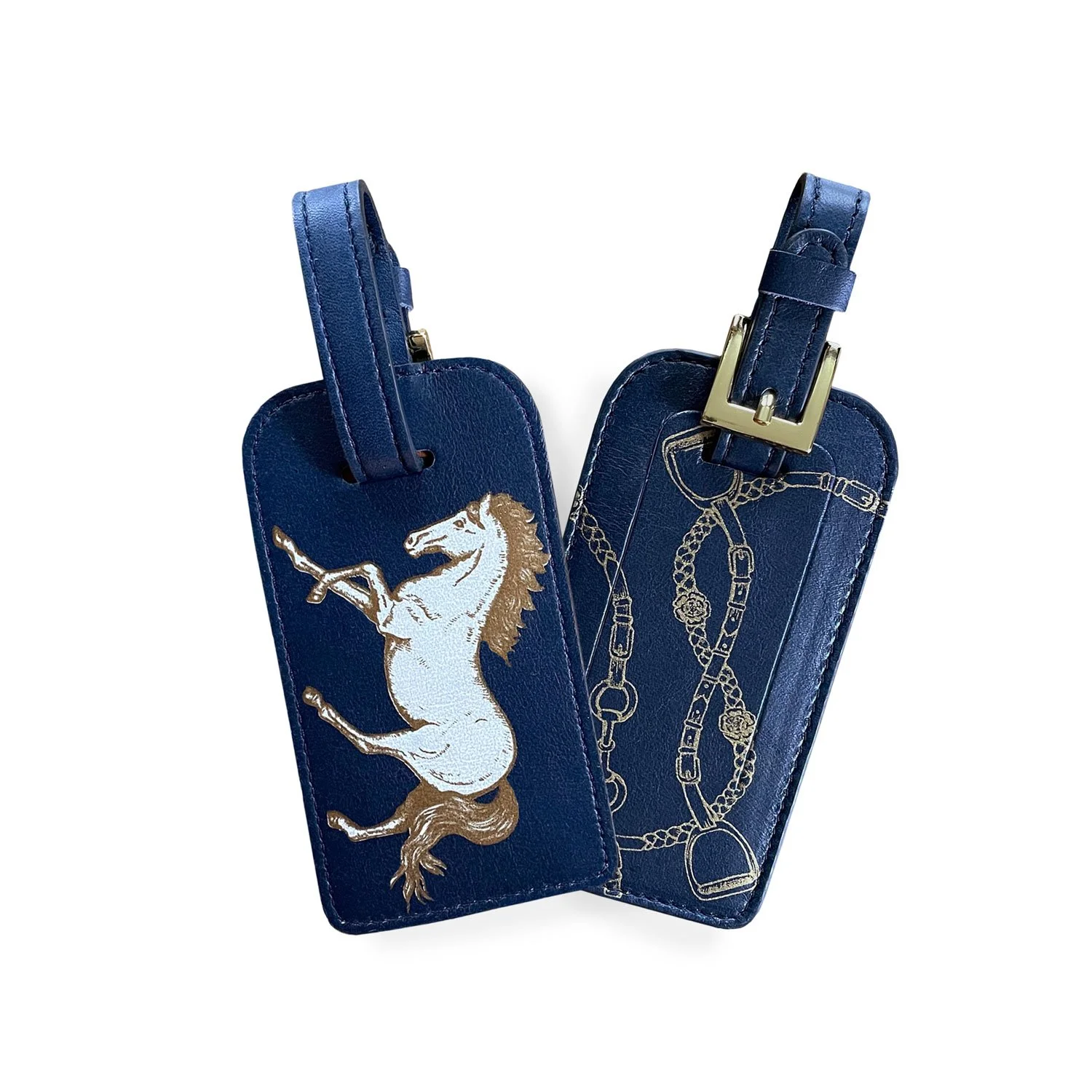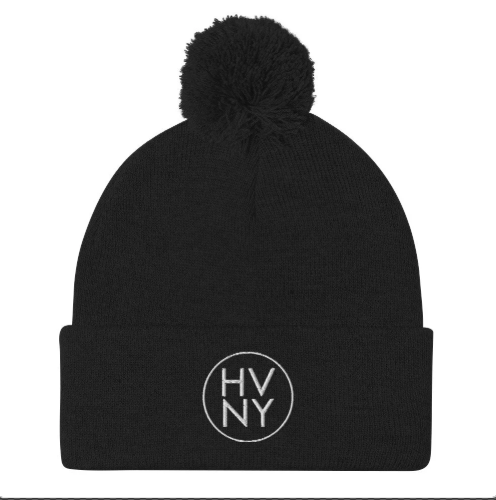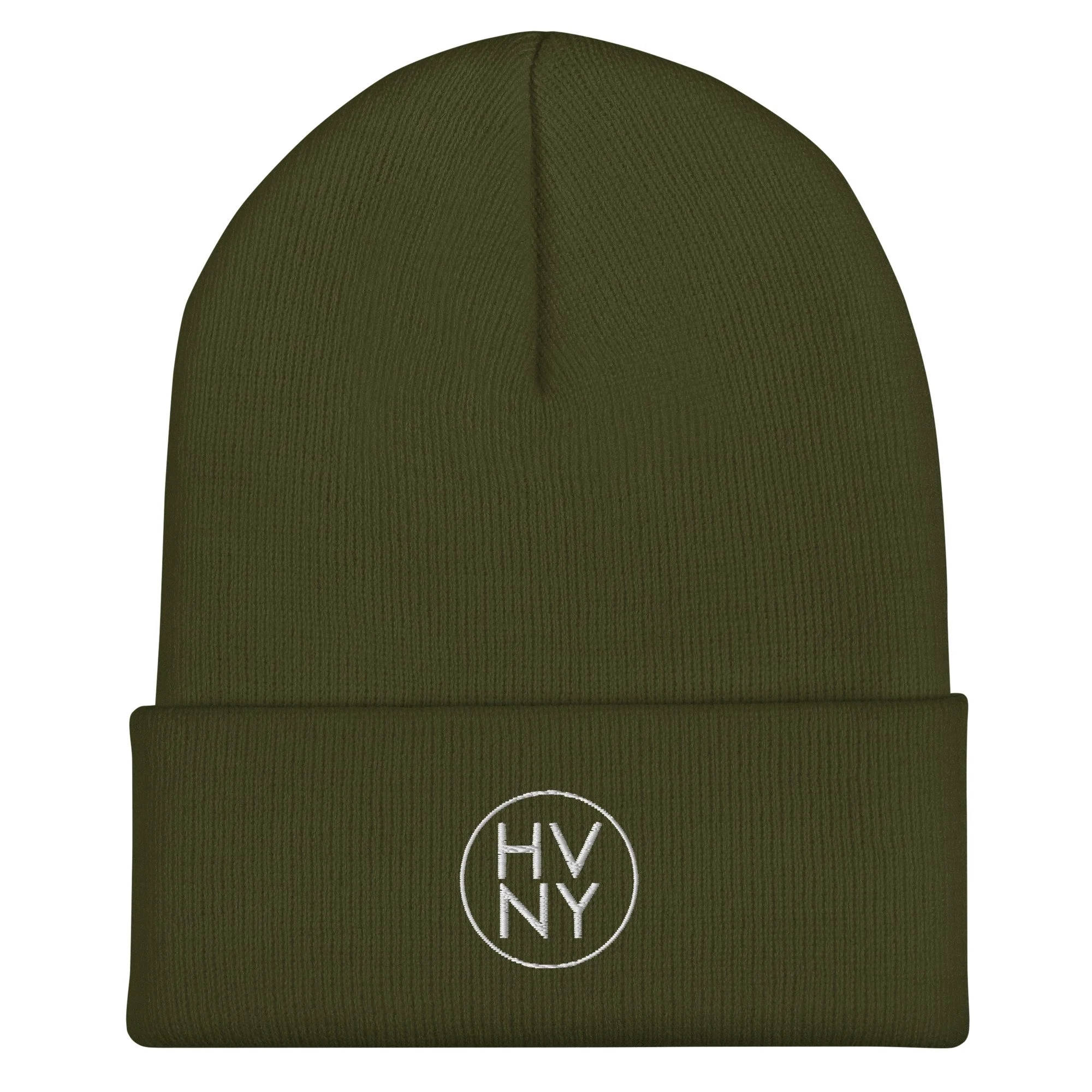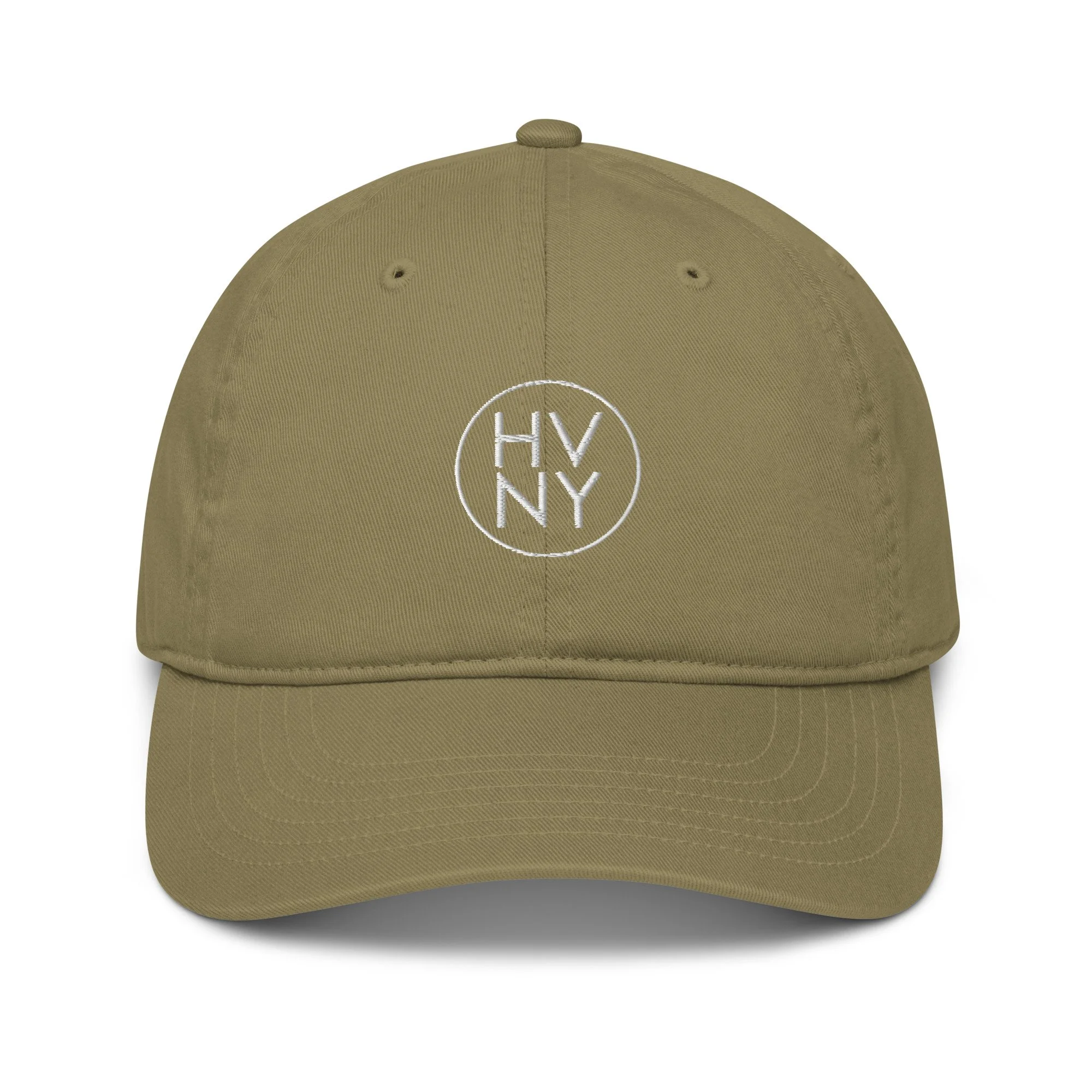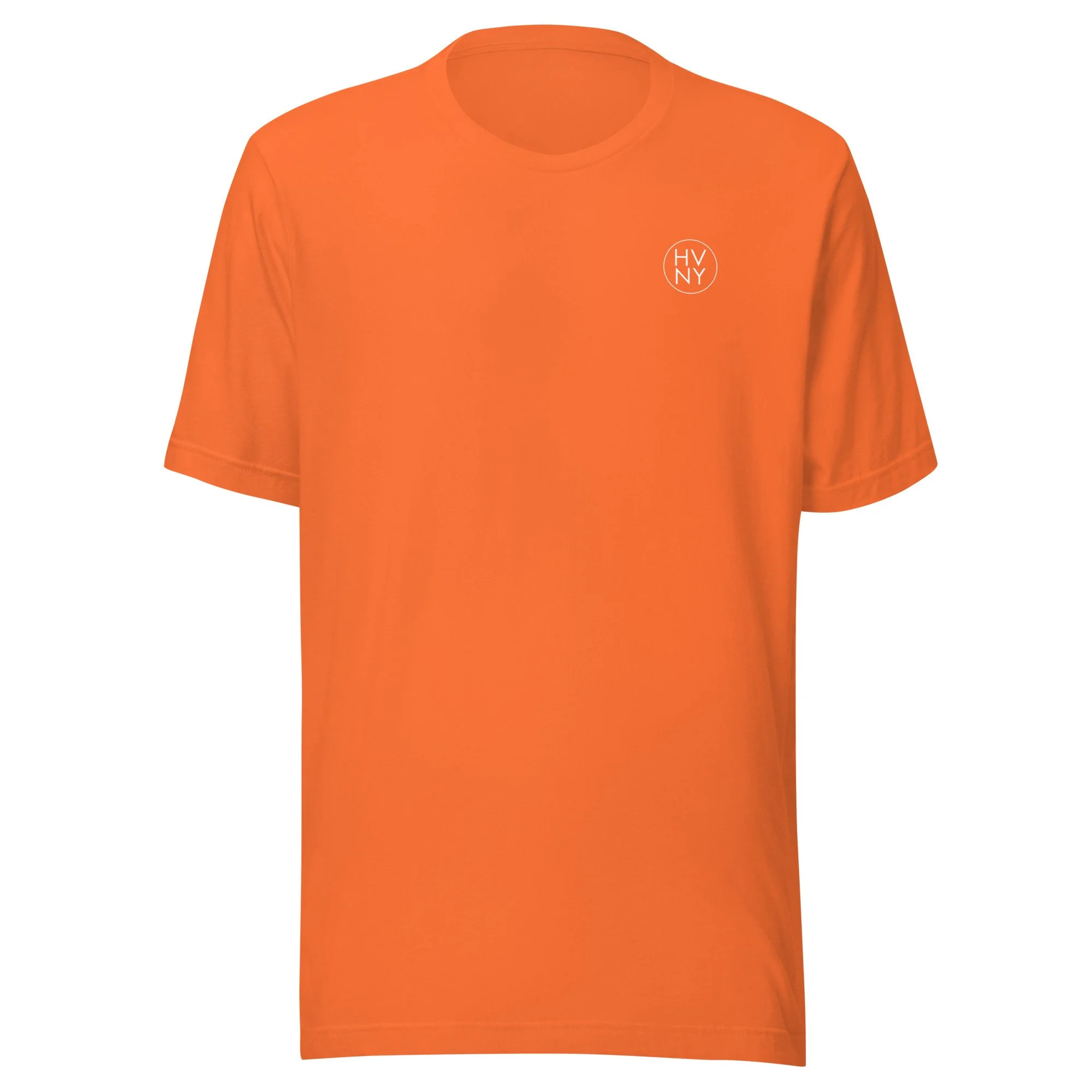Prepping for the peeper's Big Night
Prepping for peepers
Warm weather may cause a Big Night, end hibernation for some (amphibians)
It’s usually pretty boring to talk about the weather all the time, but lately, how can you not talk about the weather here in the Hudson Valley? Historic ice storms, iPhone alerts for impending white-out snow squalls (see the video on our Instagram page), and this week: 60-degrees midweek followed by the potential for a few inches of snow on Friday.
With this flux in weather, it is no surprise that local environmental groups in charge of some of our tiniest and slimiest residents – ahem: amphibians – are preparing for The Big Night, a mass migration of frogs and salamanders across sometimes-busy streets to vernal breeding pools, whenever the conditions are just right.
The “weather had us all scratching our heads...is the ground thawed yet? Will this warm rain lure salamanders from underground burrows where they overwintered? Will wood frogs defrost and jump into migration? Or is it just too early?”
“There are many variables that can influence the start of vernal pool migrations: soil temperature, snow, ice, air temperature (including mean three-day air temp), rainfall, humidity, darkness, and probably more that we have yet to learn,” says Laura Heady, Conservation and Land Use Program Coordinator for the NYS DEC Hudson River Estuary Program in coordination with Cornell University. “So, we use three key characteristics for predicting suitable conditions: evening temperatures at or above 40-degrees Fahrenheit, rain after dark, and thawed ground.
“All of these factors need to be considered locally, as we know conditions will vary, for example from lowland parts of Westchester to higher elevations in the Hudson Highlands, to further north in Albany County.”
To date, the earliest a volunteer has documented amphibian movement was on February 25, 2017.
Here are some tips to prepare for The Big Night:
Watch for the right weather: Thawed ground, temperatures above 40-degrees Fahrenheit with heavy rains after sunset.
Learn to ID the Hudson Valley’s common amphibian species: Spotted salamanders, Jefferson-blue spotted salamander complex, marbled salamander, and wood frog. Here’s a fact sheet: LINK
After you’ve recorded an amphibian on the data form, gently pick it up and move it across the road in the same direction it was traveling. For fast-moving frogs and toads, keep watch or follow them to safety. Before handling any amphibians, make sure your hands are clean and free of soap, lotion, perfume, insect repellent, or any other chemicals that can be absorbed through the animals’ skin. Cup the animals gently but firmly in both hands so they’re not accidentally dropped. Do not pick them up by their tails! If you use a bucket or container to help move the animals to safety, make sure it’s clean and free of any chemical residues.
Volunteers should wear reflective safety vests and headlamps to increase their visibility on dark roads, and should not interfere with passing vehicles.
Participate with members of the same household or COVID-19 "pod," or by wearing a mask and maintaining a six-foot distance from others.
You are responsible for your own safety: Stay alert and do not interfere with drivers or traffic, and dress for cold, rainy weather. Useful items to bring include: digital camera, compass, thermometer, watch, field guide, spatula, clipboard with plastic covering, extra data forms (use one for each location), pencils, and copies of the “Amphibian Migrations” fact sheet in case you encounter curious residents or passersby.
Amphibian safety is also important, and frogs and salamanders should only be handled with clean hands free of hand sanitizer, lotion, and other substances that can be toxic to amphibians' skin.
Also note: Snowmelt and local conditions may induce several smaller migrations instead of one "Big Night."
Get alerts when The Big Night is happening from the DEC + online training materials, here: https://www.dec.ny.gov/lands/51925.html
Climate Smart Rhinebeck is also teaming up with the Winnakee Land Trust to monitor amphibian crossings this season, and will alert volunteers to migration updates via text message and email. Sign-up with Winnakee, here.
See more: Amphibian crossing training materials courtesy of the Department of Environmental Conservation.
Please note: This piece originally appeared in our February 21, 2022 newsletter, “This week in the Hudson Valley.” Sign-up to get the free weekly newsletter delivered on Mondays at: hvny.info/sign-up



